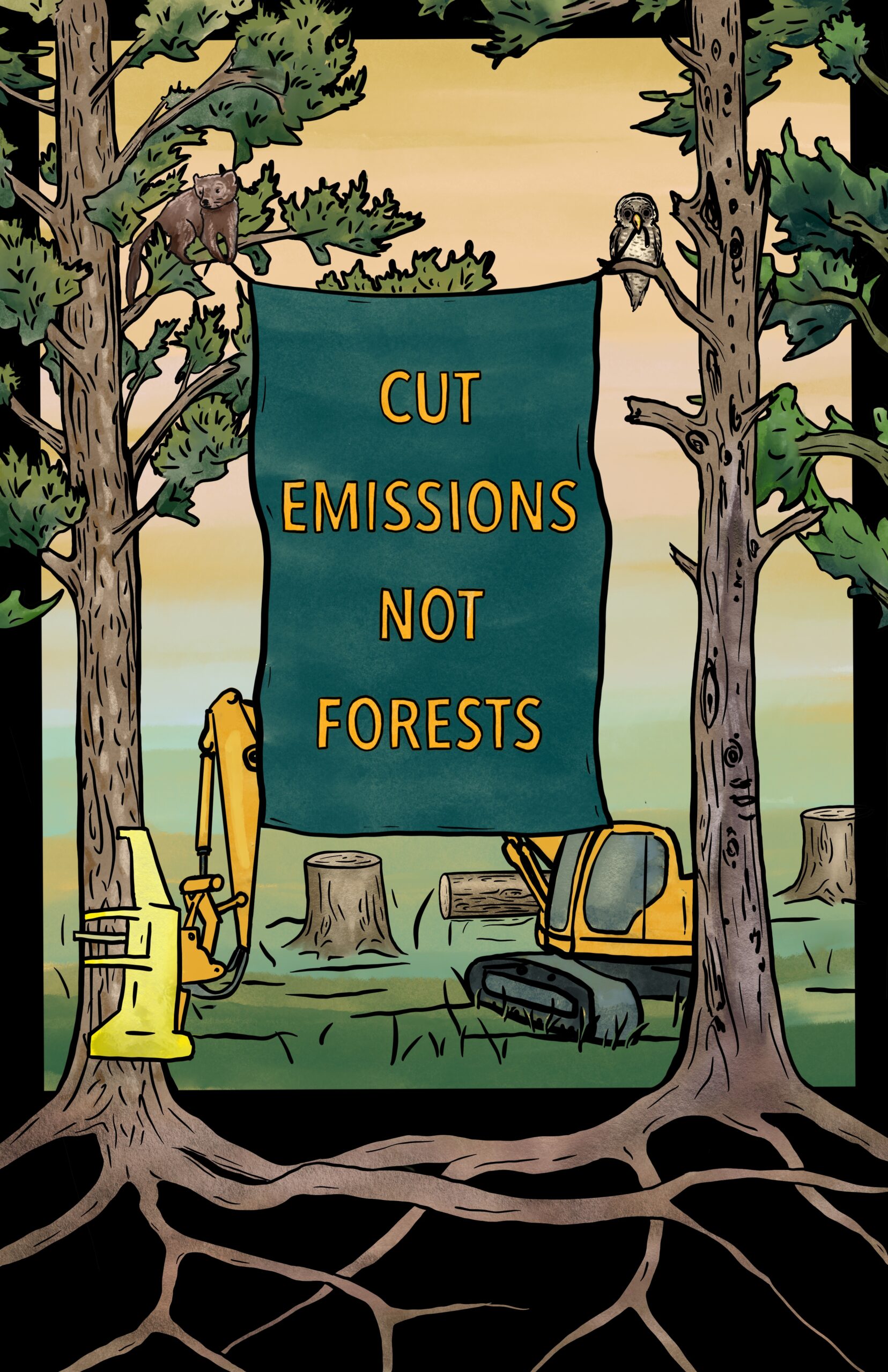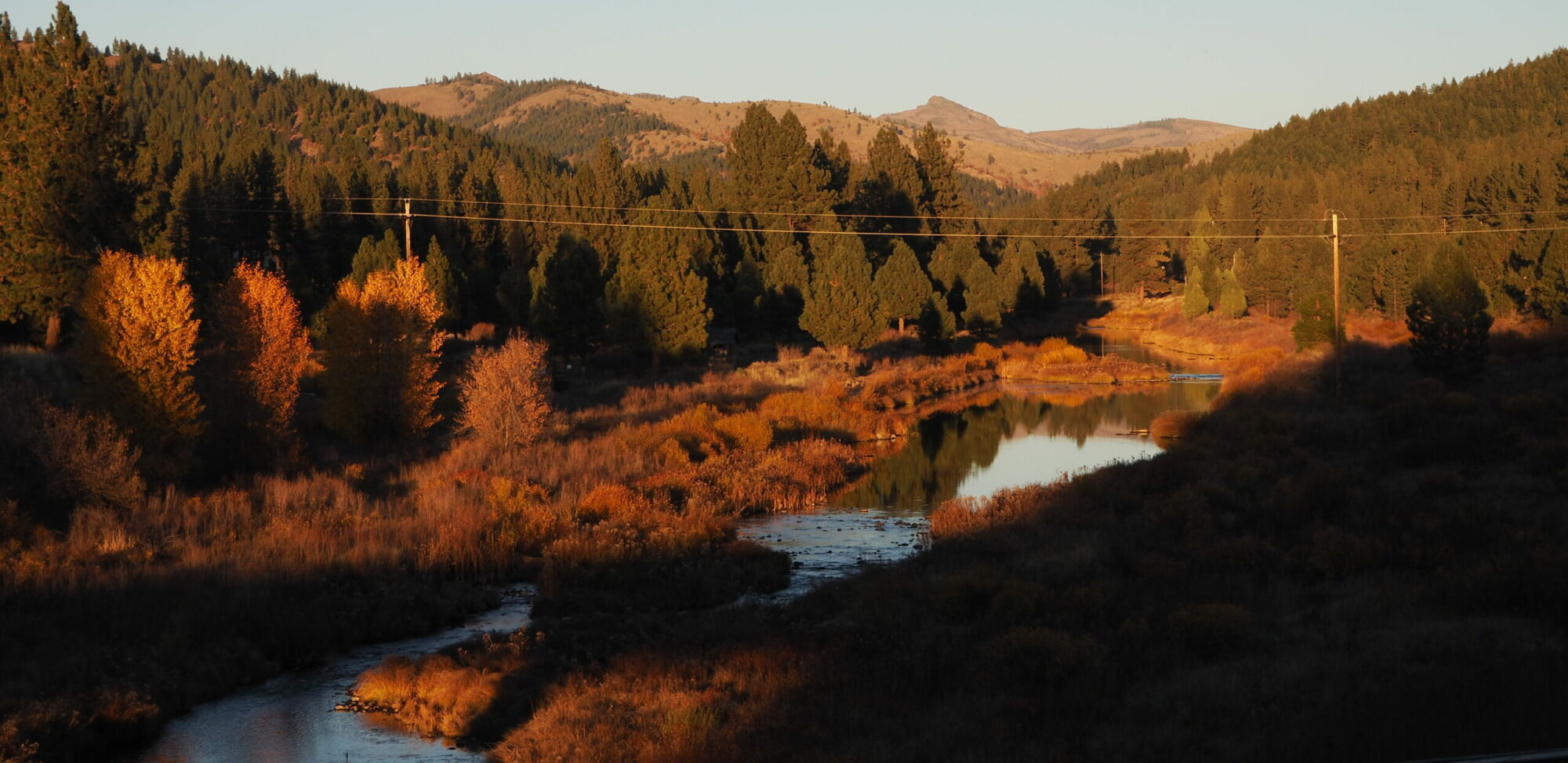

Defending the Feather River watershed from harm and building community

Plumas National Forest Supervisor Chris Carlton was leading a public meeting a couple of months ago in Portola, CA (not related to the Community Destruction project that the FS would like to hide as much as possible from public view), and we asked him, “do you believe industrial logging will protect our communities?” He hemmed and hawed and did not provide an answer.
After the formal presentation, I approached him and asked whether he thought the US Forest Service would ever prioritize carbon storage over timber extraction? “Unlikely” he said. I replied that forests are the best bet we have to absorb carbon and mitigate the climate crisis, which is of far greater import to the economy than logging revenue. I told him that it’s possible that extreme events (such as the possible halting of the North Atlantic current by 2025 may turn the tide and change the political “climate” so that policymakers actually start to treat the climate issue like the real emergency that it is.
In other words, we have pushed the planet to the edge, while forests remain our best hope of pulling back from it. Sending an army to shred and slash and poison that best hope is indelibly stupid, in fact it’s criminal and suicidal. I sent him the link to the article, but never heard back.
Supervisor Carlton released the above video on Facebook about a month ago, without notifying any of the people who commented on the “Community Destruction Project” or those who have requested all info on the project. Is subscribing to Facebook now a requirement for public participation on federal projects?
Since the USFS refused to have a single public meeting on this project, this video is the only chance the public has to see a real person talking about the project we are funding! It was posted on Youtube by a forest defender as a public service and we re-post it at the FRA! site.
In the video, Supervisor Carlton appears uncomfortable, like he doesn’t really believe what he is saying, having to repeat lies and misinformation as part of his job. This is a man who is abundantly risk-averse. He authorized a massive bulldozed fire line in Plumas County’s only wilderness area, Bucks Lake Wilderness, during the Dixie Fire in 2021, in order to protect the very flammable town of Quincy, CA. It turned out the fire line was totally unnecessary (but nevertheless ripped apart the wilderness area) and the town survived the flames. Now Sup. Carlton is unleashing nearly a billion dollars of federal money to mow the forest like some huge lawn, ignoring science that says this kind of forest thinning puts communities at greater risk. But at least after a devastating fire, the public will not be able to say he didn’t do anything!
The Bucks Lake Wilderness incident shows how neglecting defensible space and structure hardening in towns near forests, and focusing on “thinning” not only puts critical wild areas at risk of fire suppression impacts, it also threatens communities.
We call on groups like “Friends of Plumas Wilderness” (FOPW) who claim on their website that they “keep local places wild (and protect) untamed nature” to support community hardening and defensible space as a priority policy to defend wilderness. Despite science showing that thinning harms wild places and puts communities at risk, FOPW strongly supports projects like the Community Destruction Project that harm de facto wilderness and ecological integrity. You can contact them at ron@plumaswilderness.org to encourage them to read the science and revise their policies.
If you want to contact Supervisor Carlton to tell him to make his videos and text announcements publicly accessible and to halt the Community Destruction Project, you can e-mail him at christopher.carlton@usda.gov.


Did you know that the only rainforest in the Sierra is located in our backyard near Quincy, CA?
Join Feather River Action! Sunday November 12th at 10am at Pioneer Park in East Quincy for a hike and tour of ancient old growth forest threatened by the USFS Community Destruction Project.
Event is rain or shine. Significant snow cancels. Carpooling encouraged.
We will caravan up La Porte Rd. to the Strawberry Valley area, have lunch and then go for an easy-moderate hike. Bring hiking shoes, rain gear, warm clothes and plenty of food and water. Get your questions answered about what the Forest Service has planned, experience beautiful ancient old growth rainforest (before it’s gone), and find out how we can protect it (and avert truly catastrophic climate change).
Please RSVP if you plan to join us.
Questions: please contact Feather River Action! See you there!